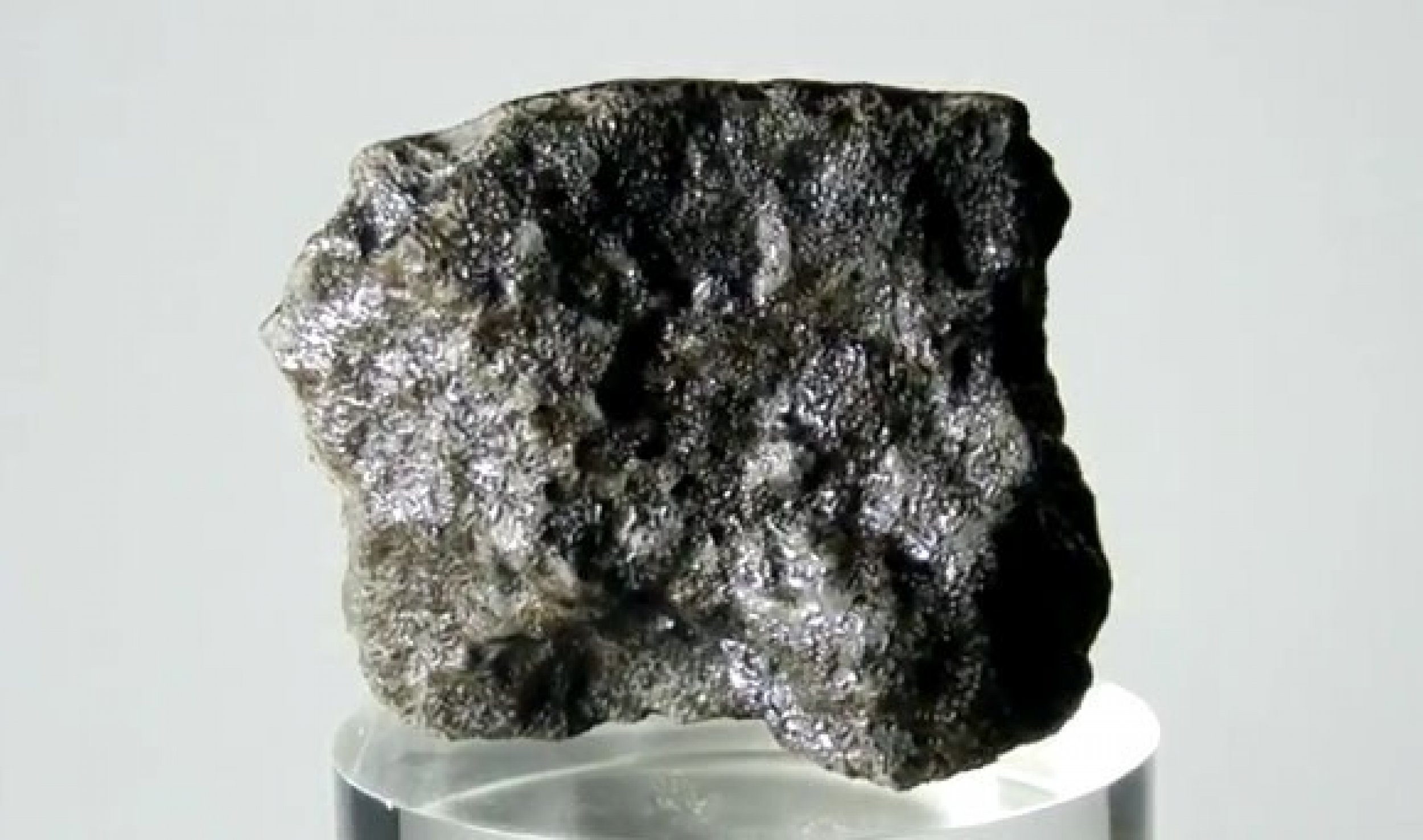Pure Martian Meteorite Found in Morocco, Fetches 10 times more than gold
Scientists have confirmed that a piece of rock which fell into Tissint, Morocco on July 18, 2011 was a pure Martian meteorite. The fireball was spotted in the North Africa sky last summer but discovered six month later.
According to the Meteoritical Society, this is only the fifth time in the history that a Martian meteorite has been discovered on the Earth. Usually Martian meteorites are not easily found on the Earth, as they are extremely rare. And because of their rarity, their research value is high and hence they are drawing a great deal of attention from scientists and collectors.
Even before the official certification has been released, scientists from NASA, archaeologists and University researchers are flocking to grab a sample fragment of the rare Martian meteorite, which weighs 15 pounds. The biggest chunk weighs more than two pounds. And, as these fragments have directly fallen from Mars, and are not like others, which have been sitting around on Earth for long till found, their value is priceless to scientists and researchers.
Astronomers claim that as Mars crashed into another planet millions of years ago, some fragments of the Martian rock happened to hurtle through the solar system and some fell on Earth.
Meteorite dealer Darrly Pitt said that he charges $11,000 to $225,000 an ounce for Martian meteorite. And already most of his supply are almost sold out. At this rate, it fetches 10 times more expensive than gold price.
Nine hundred and fifty scientists from International Society for Meteoritics and Planetary Science have named this meteorite as 'Tissint'.
It's nice to have Mars sending samples to Earth, particularly when our pockets are too empty to go get them ourselves, a scientist from NASA, said.
Currently, Arizona State University’s Center for Meteorite Studies owns the largest institutional piece of the Martian meteorite Tissint.
With seemingly 50 years of cycle, earlier Martian meteorites were discovered in France (1815), in India (1865), in Egypt (1911), and in Nigeria (1962).

© Copyright IBTimes 2024. All rights reserved.





















